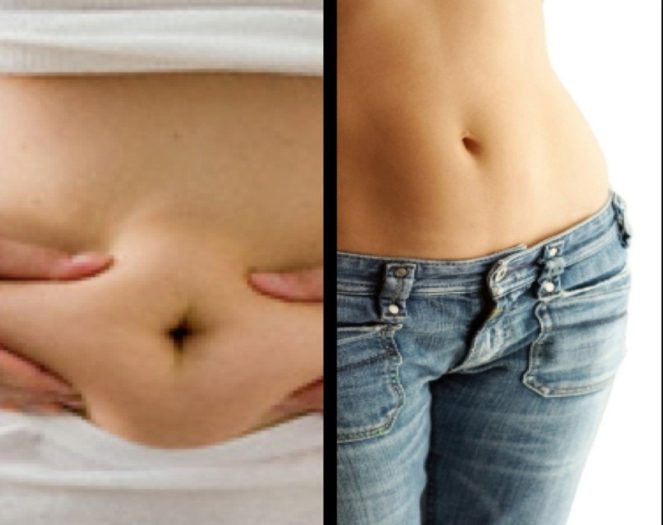Body recomposition refers to the process of changing your ratio of fat mass to lean mass — that is, losing body fat and gaining muscle mass.
The goal is to lose fat and gain muscle simultaneously, unlike the traditional approach of “bulking and cutting” in which you intentionally put on a lot of weight first (muscle and fat) and then go through an intense calorie deficit to lose the fat and reveal the muscle underneath.
During body recomposition, what changes, instead of weight, is your physique. As you progress through body recomposition, you may notice changes in your body, such as an overall firmer look or that your clothes fit differently. You may even gain weight but have a smaller physique, at the end of your body recomposition program.
Tips to Body Recomposition
There are basic guidelines to follow. To successfully change your body composition, you need:
- Cardiovascular exercise for fat loss
- Resistance (weight) training to build muscle
- The overall decrease in calorie consumption to lose fat
- Increased protein intake to promote muscle formation
How to Lose Body Fat ?
Fat loss ultimately comes down to your calorie maintenance. To lose fat, you must eat fewer calories than you burn. Cardiovascular exercise, or combined cardio and resistance exercise, alongside a healthy diet, still stands as the best technique for fat loss — there’s just no way around the science. Losing fat in a safe, sustainable way also means having realistic goals and not depriving your body of the nutrients it needs — disordered eating habits are never worth the risk.
How to build muscle ?
To build muscle, focus on two main factors: weight training and protein consumption. Strength training is essential to changing your body composition — your muscles won’t grow if you don’t challenge them.
You can’t build muscle without being in a caloric surplus, so you must eat more calories than you burn to promote muscle growth. While all macronutrients are important, protein is especially important for building muscle. Without enough protein, your body will struggle to repair the muscle tissues that get broken down during weight training.
Studies show that a high-protein diet can help with losing fat and gaining muscle at the same time. Research shows that, while in a calorie deficit, consuming more protein than you normally might can help preserve your lean body mass (a.k.a. muscle mass) than being in a calorie deficit without changing your protein intake.
In people who have already been following a strength training program, increasing protein intake and following a heavy weightlifting routine leads to improvements in body composition.
Calculate your Maintenance Calories
The first thing to do is figure out your maintenance calories, or how many calories you burn on a day you don’t exercise.
On days that you do cardio exercise, you should consume enough calories to meet your maintenance number. Consuming maintenance calories on a cardio day ensures that you’re in a slight deficit to promote fat loss, but not in a deficit so large that your body starts using muscle tissue as fuel. We want the muscle!
On days that you do a strength training workout for 30 minutes or more, eat more calories than your maintenance number with a focus on protein. Depending on how much muscle you want to put on and how quickly you want to gain it, add 5% to 15% to your maintenance calories.
On days that you don’t work out at all, eat slightly less than your maintenance calories — decrease that number by 5% to 10%. This number is called your “rest day calories.”
If you’re looking for a body transformation, you don’t want to store calories as fat. But you do want your body to use new calories to repair the muscles you broke down during weightlifting workouts.
By combining these two tactics, you can successfully achieve body recomposition.
